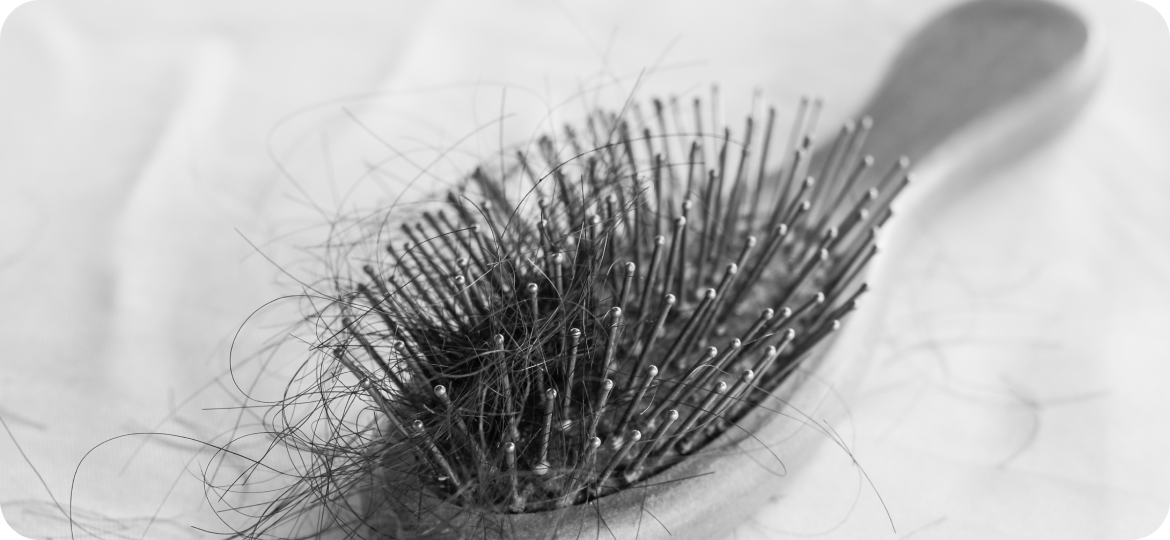
Heads up: male-pattern hair loss is common and nothing to be embarrassed of. A bald spot, receding hairline; however, it presents, can start from as early as your late teens or early twenties.
What causes pattern balding?
This condition is caused by a hormone known as dihydrotestosterone (DHT). It's also a genetic condition, so if your father had it, chances are you will as well. This hormone has the effect of causing hair follicles to shrink. No hair can grow as they shrink. This condition can affect women as well, but it’s more common in men.
Who is at risk?
Genetics plays an important role. Close relatives of men with male-pattern baldness are at a higher risk. This is more common, particularly among relatives on your mother's side of the family.
It’s not always male-pattern baldness that causes your hair to fall out all at once rather than gradually thinning over time; other factors include the following:
- Anaemia or thyroid problems.
- Radiation or chemotherapy treatments.
- Medications like blood thinners and anabolic steroids, which some men use to help build muscle.
- Scalp infections.
- Dietary issues, like too little iron or too much Vitamin A.
- Hairstyles like tight ponytails, cornrows, or braids.
For most of these issues, your hair will grow back once you take care of what’s causing it.
So, what can you do?
While there's no cure for male-pattern baldness, some medications can slow it down. Finasteride (prescription medication) and Minoxidil (a solution) are the main treatments for pattern baldness which you can further discuss with your doctor. In the meantime, with the help of your hairstylist, the right haircut or hairstyle could be helpful in covering thinning hair. If you dare, go bare and shave it all off. It may take some getting used to, but it could be a wonderful and empowering decision.
Help at hand
Make an appointment with a dermatologist for a diagnosis. They will be able to figure out the type of hair loss you’re experiencing and can also advise on the kind of treatment results you can expect. Try not to feel embarrassed (many men experience this condition), be open with your doctor and ask as many questions as you need to find viable options for treating hair loss, like laser treatments and hair transplants. Remember, hair doesn’t define you, you have everything else to offer! With baby steps, you can learn to embrace the change.
References:
- https://www.webmd.com/skin-problems-and-treatments/hair-loss/male-pattern-baldness
- https://dermnetnz.org/topics/male-pattern-hair-loss
- https://www.healthline.com/health/male-pattern-baldness#addressing-hair-loss
- https://www.aad.org/public/diseases/hair-loss/treatment/male-pattern-hair-loss-treatment
Disclaimer
This article is for informational purposes only. Always check with your doctor or medical practitioner about any health concerns, before embarking on any fitness or nutrition programme, and usage of any medication.
